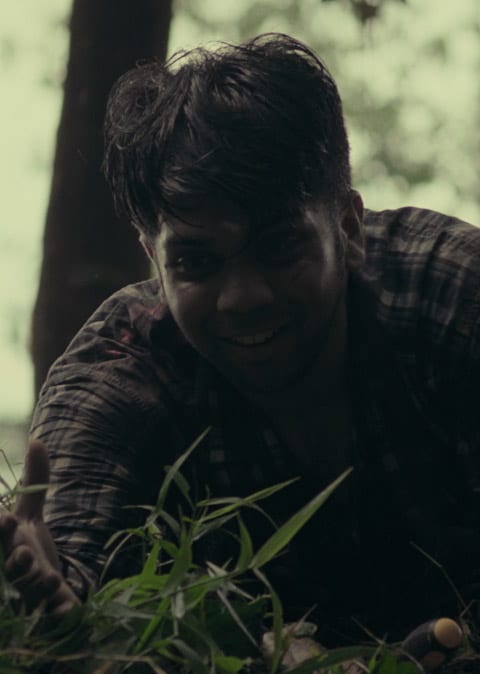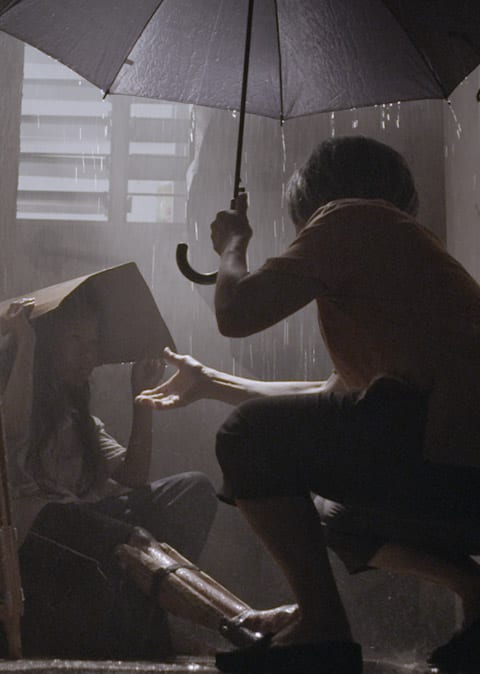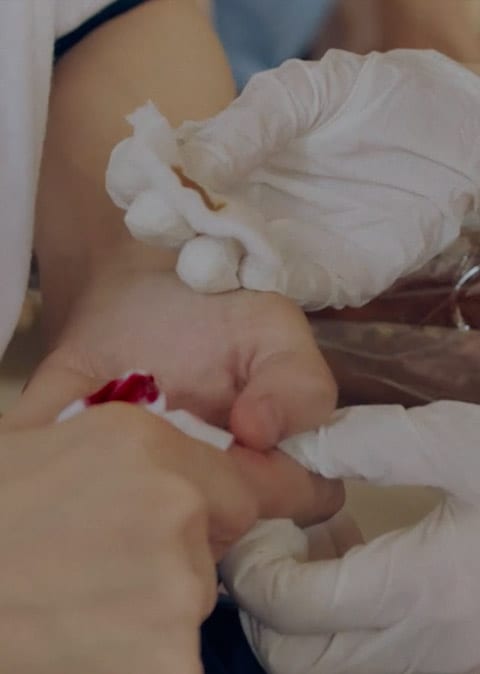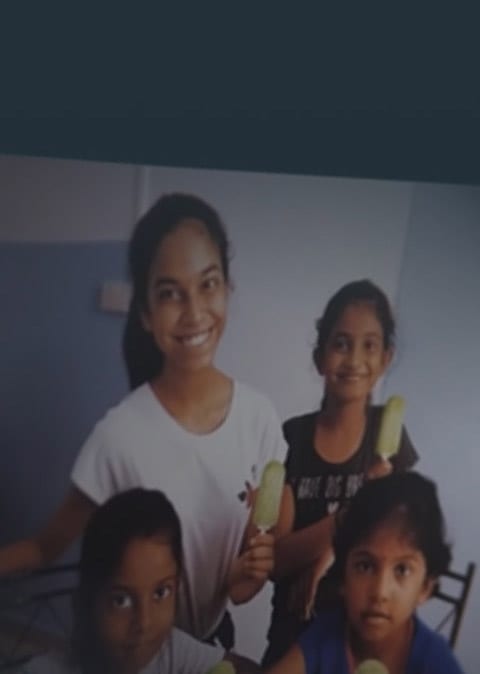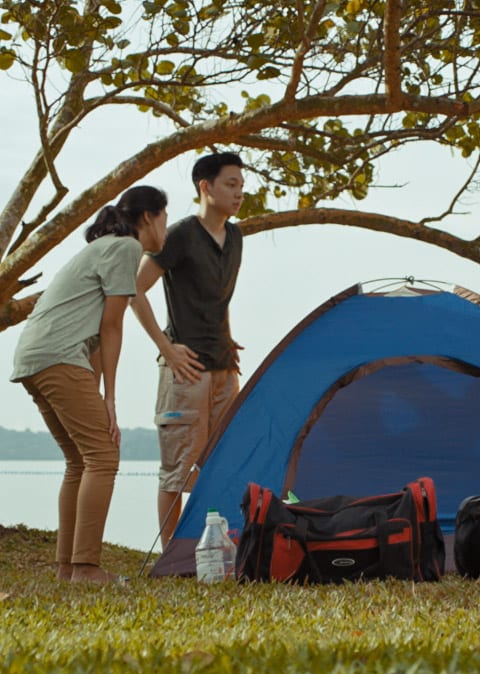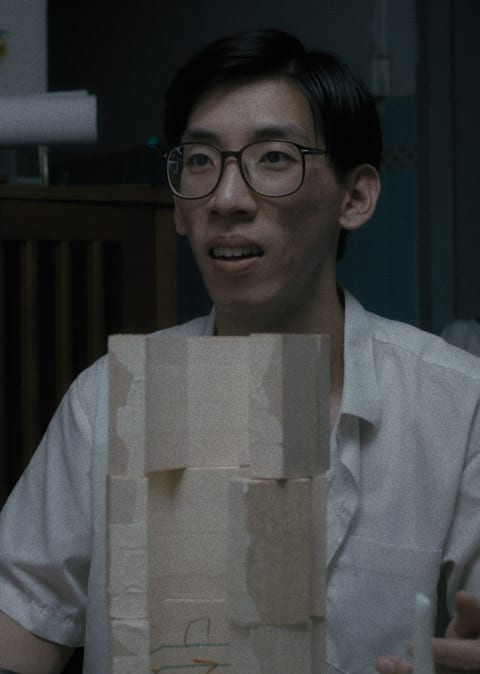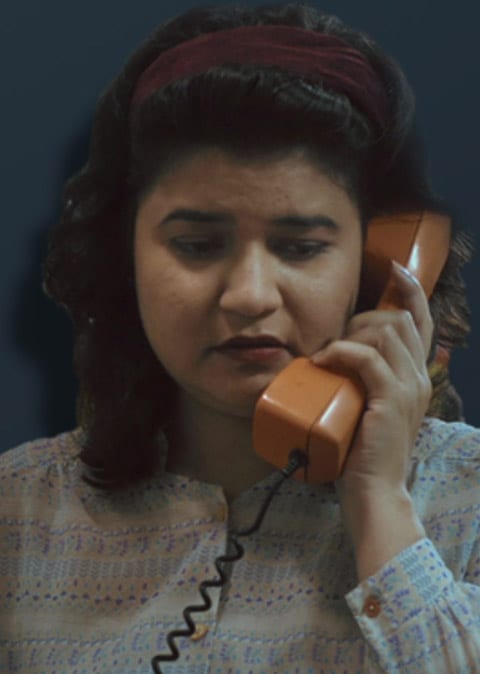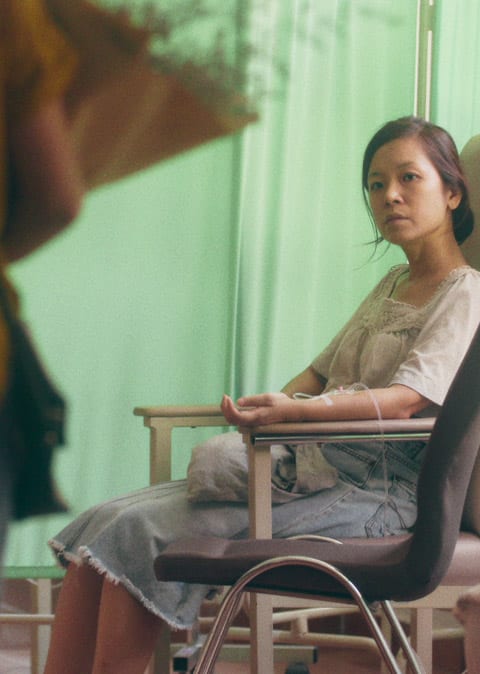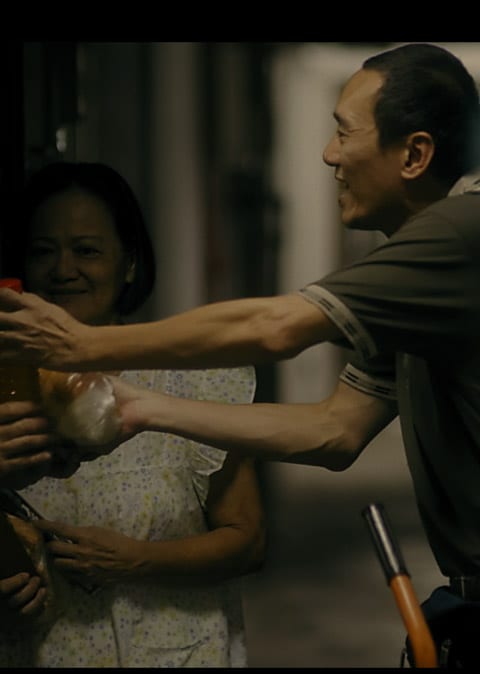Think you know the in and outs of Singapore? There may be more historical treasures here than you realise.
By Darienne Sim
With our rich history, it’s no surprise that Singapore is rife with locations full of old-world charm. But have you ever thought that they hold more than meets the eye? We asked Vikki Khung, 21, what she thinks about our heritage buildings before fishing around for the real story behind them.
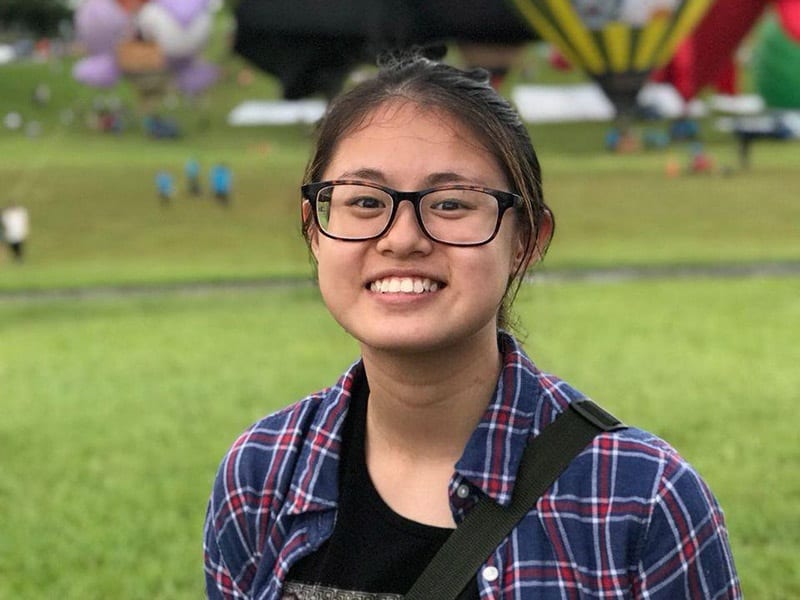
1. Lau Pa Sat
Standing as a distinctive Victorian feature in the middle of the Central Business District, Lau Pa Sat traces its history back to 1894, but now satisfies lunchtime cravings for the office crowd.
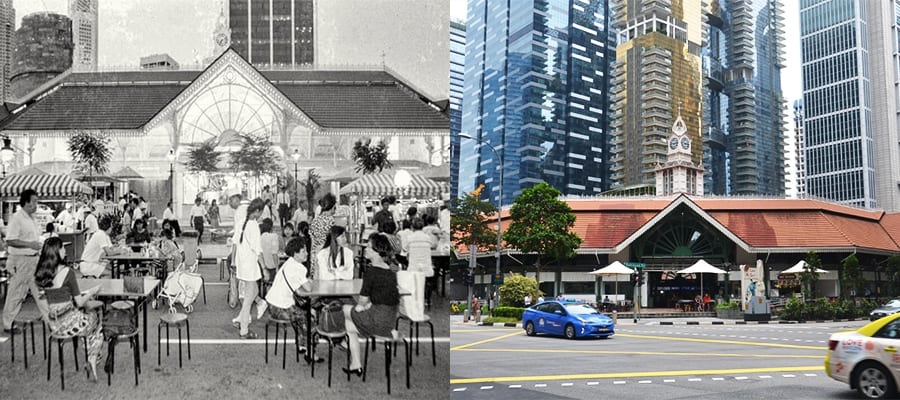
LHS picture courtesy of Straits Times
Vikki: The satay is really good!
Lau Pa Sat is more than just food. According to Associate Professor Johannes Widodo from the National University of Singapore’s School of Design and Environment, it’s one of the oldest evidence of a marketplace in Singapore from the early colonial period surviving until today. It is one of the precious anchors of Singapore’s identity that has been able to withstand the pressures of change and rapid development.
2. Asian Civilisations Museum
Featuring mostly maritime history, the Asian Civilisations Museum inhabits the old Empress Place building, formerly used in government administration.
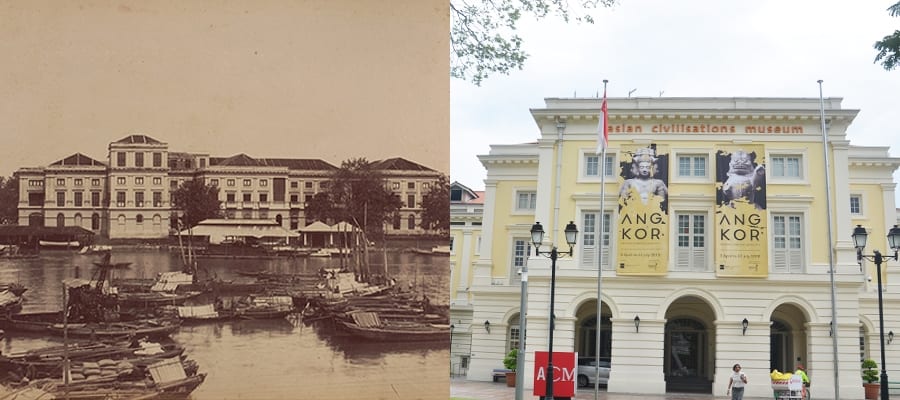
LHS picture courtesy of National Museum of Singapore, National Heritage Board
Vikki: I’ve never actually been inside… I’m not really invested in Southeast Asian history, as it doesn’t feel relatable to me. I just don’t see myself having a place in this museum.
But as she learnt, our heritage is that of an open, cosmopolitan Asian port city. For hundreds of years, it has been at the crossroads of global trade, and a site of interaction for cultures and civilisations from across the globe.
“This is what ACM is trying to promote through its galleries, by looking at the larger Southeast Asian and Asian region through the lens of Singapore. Many of our objects on display are masterpieces of Asia, and visitors can experience them right here in Singapore,” says Kennie Ting, Director of the ACM. In this way, the museum teaches us to appreciate how history has created our multi-ethnic society.
If, like Vikki, you now have a better understanding of the importance of ACM, help more learn about the diverse heritage cultures of Singapore and the region by making a donation!
3. Dakota Crescent
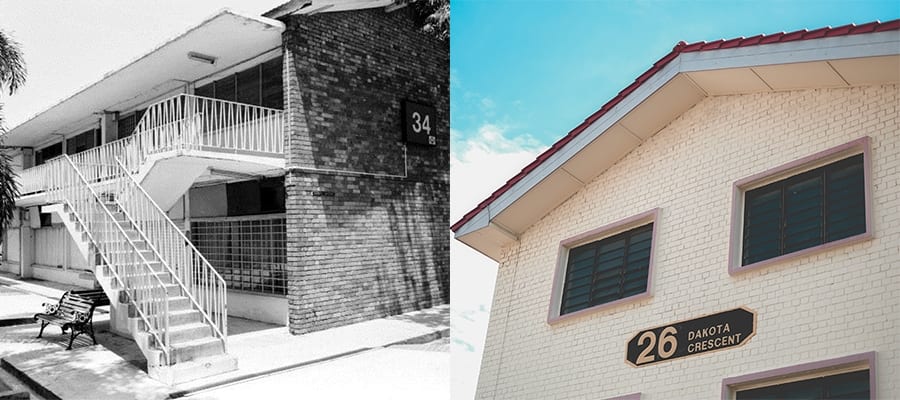
LHS picture courtesy of Mr Koh Kim Chay
Vikki: Old estates bring us back to a simpler time, but Singapore is a tiny island and I do want a BTO when I get married, so I think it’s a necessary evil that has to happen.
Built before independence, Dakota Crescent has seen generations of Singaporeans pass through its 17 blocks. The announcement of redevelopment came late last year, forcing many long-time residents to relocate.
How do we create new meaning for old places? For Cai Yinzhou, it’s not so much about the estate itself, but the community. He started Dakota Adventures, a ground-up movement that runs tours in the now-empty estate with former residents as tour guides. His tours help ensure that the stories get passed down, and that the rich history of the area is not lost.
We wanted to bring the stories back to the people.
CAI YINZHOUFounder, Dakota Adventures
4. Pearl Bank Apartments
Pearl Bank Apartments is an iconic part of our heritage. It once towered as the tallest residential building at 38 storeys, and is a pioneer of high-rise living in Singapore. However, it was put up for en-bloc last year, causing some to call for its conservation.
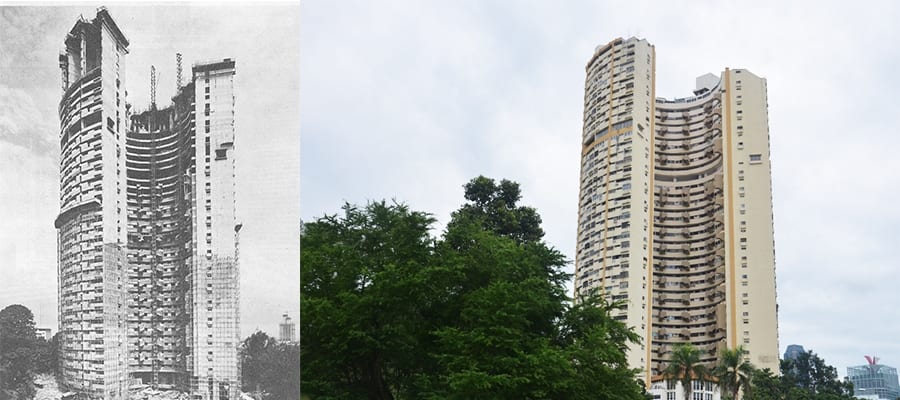
LHS picture courtesy of Mothership.sg
Vikki: I know of it because it’s easily recognisable and stands out against the rest of the area. But there’s probably a lot of history inside that I don’t know about.
Just like with Dakota Crescent, the building is full of memories. Shirley Siau, 60, a resident for the past 20 years, shared how her all her children grew up there.
It’s where all the memories with my children are. It’s hard to let go. I don’t know what’s my next step.
SHIRLEY SIAU
Pearl Bank Apartments Resident
There are no plans to save any part of the building, so enjoy this piece of history while it’s still around!
5. Singapore Philatelic Museum
Once used as a building for Anglo Chinese School, the Singapore Philatelic Museum showcases all things stamps, often featuring special exhibitions with pop culture icons.
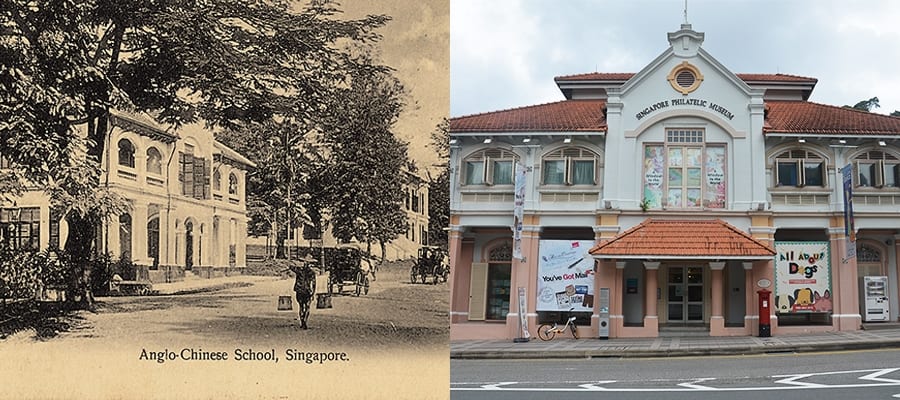
LHS picture courtesy of Prof Cheah Jin Seng
Vikki: When I was in primary school, we were brought to the Singapore Philatelic Museum, and I wondered “What is this place?” I didn’t know that stamps were such a big part of our heritage.
But stamps are miniature windows to the world. As Jocelyn Lee, Senior Manager of Communications at Singapore Philatelic Museum explains, “the picture on the stamp shows something about a country: it could be history, nature, an important, or even transportation. It’s important for us to have this to know our history.”
Vikki was also impressed to hear that the museum also houses Singapore’s only operational pillar post box!
6. Indian Heritage Centre
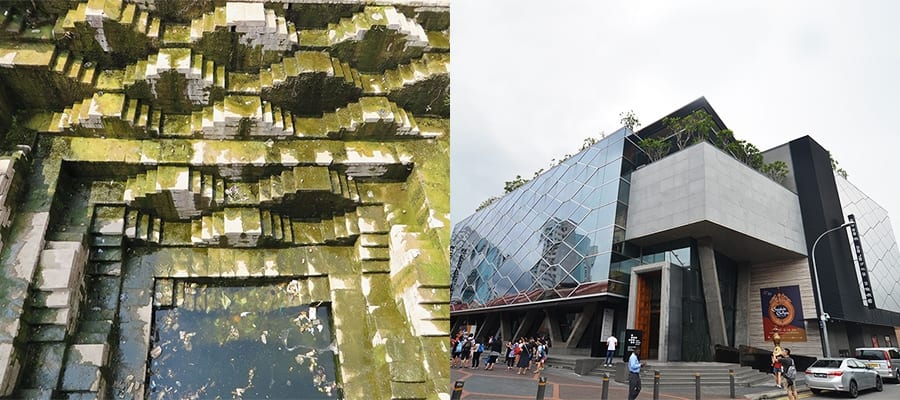
LHS picture courtesy of Smithsonian Magazine
Vikki: It doesn’t seem like much. It looks modern, and it doesn’t look like a heritage site.
Situated a short walk from Tekka Market, Vikki is one of many who are surprised to discover that this cutting-edge building actually houses a glimpse into the illustrious history of Indians in Singapore. With architecture that blends modern influences with the traditional, it echoes the need to bring history to the new era.
Nalina Gopal, curator at the Indian Heritage Centre, shares how it was conceived as a focal point for the interpretation and preservation of this diverse heritage. “It was envisioned as a place of belonging for the community, and for the expression of their cultural heritage.”
Do your part to preserve the rich history and culture of our Indian heritage!
7. National Museum of Singapore
The nation’s oldest museum, the National Museum of Singapore documents the country’s history from colonial days and through to independence.
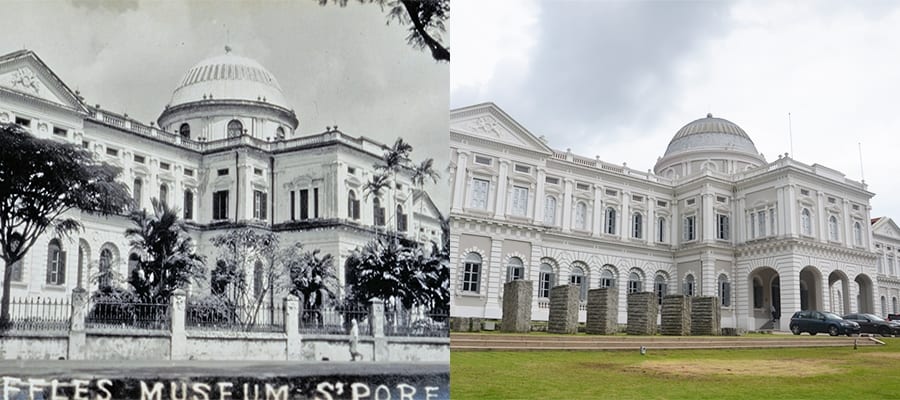
National Museum of Singapore, National Heritage Board
Vikki: It can be a good place to see some Singaporean history, but the building seems very hollow like it doesn’t belong as part of Singapore’s history.
What she may not realise is that the museum has actually been a fixture in Singapore since 1832, starting out as a library read room in Singapore Institution (later Raffles Institution), and was once named the Raffles Museum. Nowadays, it often plays host to a variety of arts and heritage programmes throughout the year to encourage Singaporeans to grab hold of our own nation’s past.
“By having an appreciation of our history and culture, it allows us to understand each other better,” says Ms Ong Pui Hoon, Assistant Director of Philanthropy and Partnerships at the museum.
More than that, it allows us to preserve the stories of our past– something that you can help keep alive by supporting the National Museum’s fundraising campaign.





